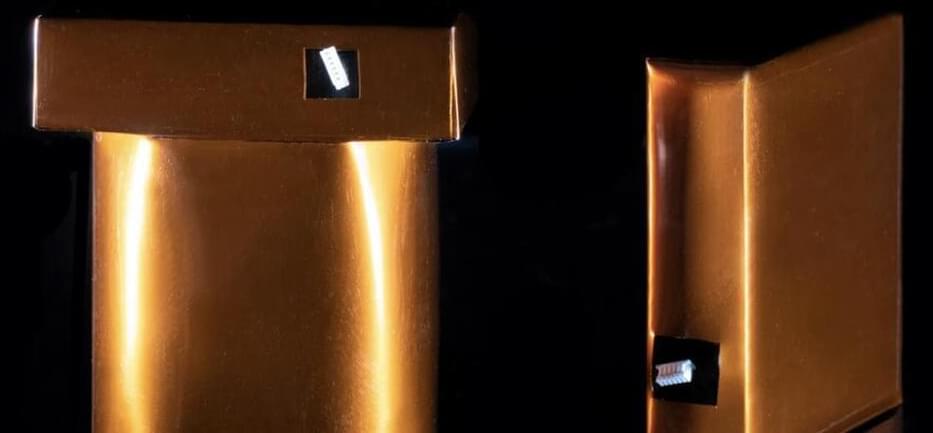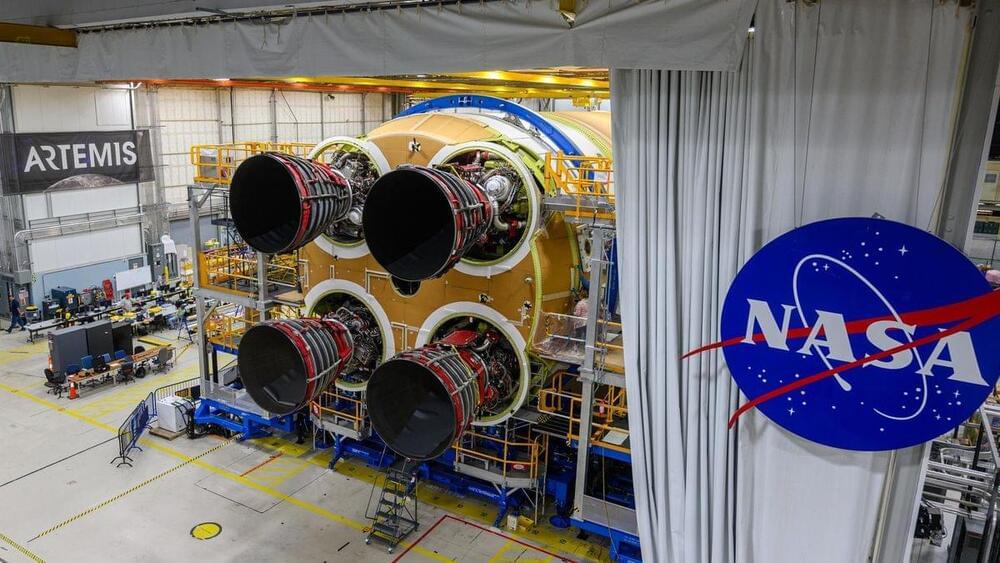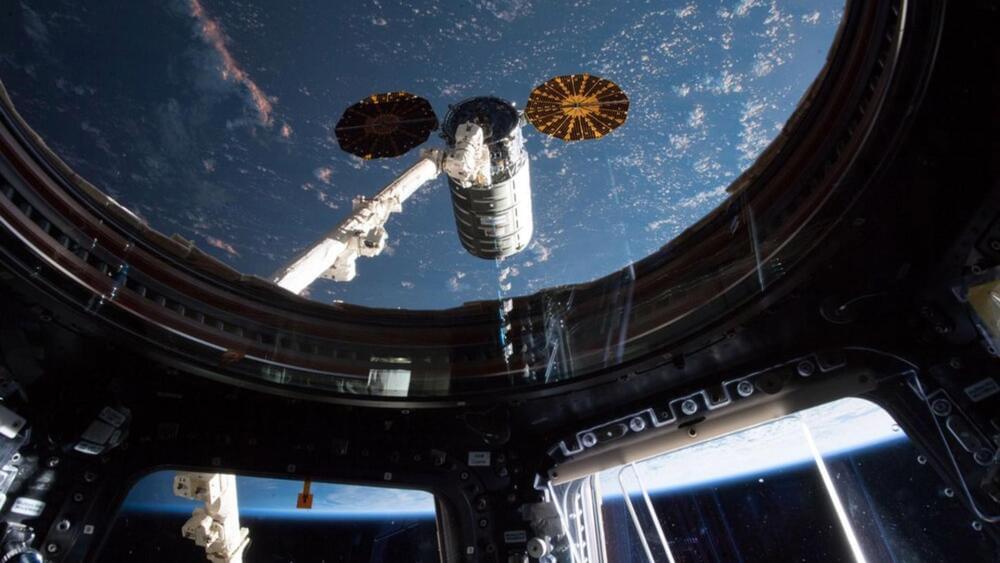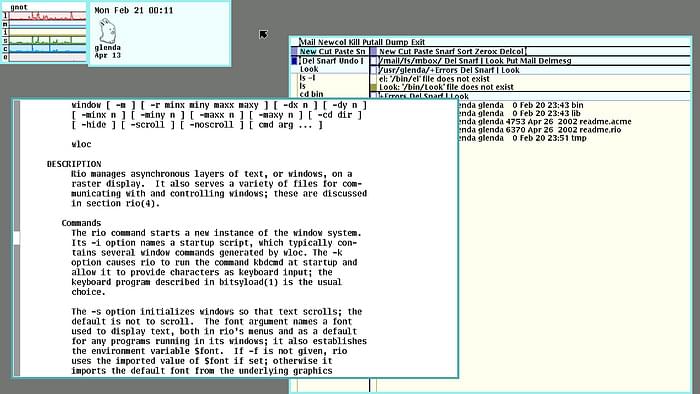Archive for the ‘space’ category: Page 157
Nov 17, 2023
Scientists Discovered an Ancient ‘Large-Scale Structure’ In Deep Space
Posted by Josh Seeherman in category: space
The “Cosmic Vine” is a massive structure in the cosmic web that links 20 galaxies in the early universe.
Nov 16, 2023
1 year after Artemis 1 launch, NASA readies Artemis 2 to shoot for the moon again (video)
Posted by Genevieve Klien in category: space
Space fans, get ready to start your moon engines.
NASA’s Artemis 1 uncrewed moon mission lifted off from NASA’s Kennedy Space Center (KSC) in Florida on Nov. 16, 2022. One year later, the next moon rocket ride for astronauts is in testing for a new mission that could launch in late 2024.
Nov 16, 2023
One-Year Anniversary of Artemis I Launch
Posted by Laurence Tognetti, Labroots Inc. in category: space
One year ago today, NASA’s Artemis I mission with its Orion spacecraft lifted off into the heavens and towards the Moon on its maiden flight aboard the mighty Space Launch System (SLS) at 1:47 am EST from historic Launch Complex 39B at NASA’s Kennedy Space Center in Florida. The goal of the uncrewed mission was to conduct a shakedown of all systems and subsystems prior to crewed missions to the Moon and kicked off a new era in human spaceflight as no humans have ventured beyond low-Earth orbit since Apollo 17 in 1972.
Image of NASA’s Artemis I aboard the Space Launch System lifting off from historic Launch Complex 39B at NASA’s Kennedy Space Center on November 16, 2023 at 1:47 a.m. EST. (Credit: NASA/Joel Kowsky)
Traveling a total of 1.3 million miles (2.1 million kilometers) during its achieved mission time of 25 days, 10 hours, and 53 minutes, Orion conducted two flybys of our nearest celestial neighbor, with its closest approach to the lunar surface occurring on December 5 at 79.5 miles (128 kilometers). Additionally, Orion broke the record for the farthest distance from Earth by an Earth-returning human-rated spacecraft by traveling almost 270,000 miles (435,000 kilometers), which surpassed the previous record of 248,655 miles (400,171 kilometers) conducted by Apollo 13 in 1970.
Nov 16, 2023
Core-powered mass loss possibly caused exoplanet shrinkage
Posted by Gemechu Taye in category: space
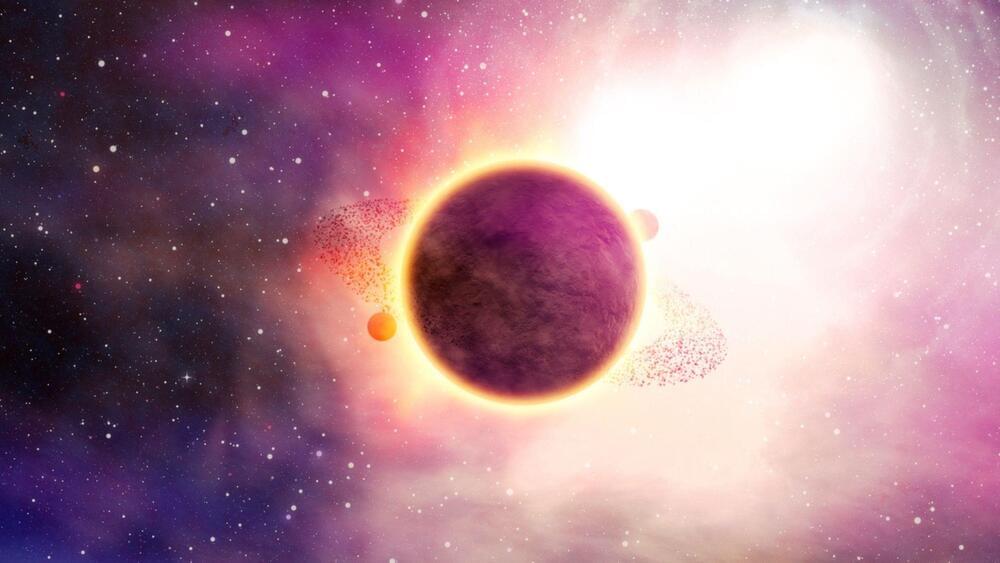
While more than 5k exoplanets were identified, the count of planets within the diameter varies between 1.5 to two times the size of Earth, which is lower than anticipated.
Scientists have noticed a ‘size gap’ among exoplanets, specifically between 1.5 to two times the size of Earth. Fascinated, scientists are striving to learn the cause of this phenomenon.
Nov 16, 2023
In a first, dual-atom quantum gases produced in space thanks to NASA
Posted by Gemechu Taye in categories: chemistry, particle physics, quantum physics, space
A significant milestone has been reached in the field of quantum chemistry.
The Cold Atom Lab facility equipped on the International Space Station (ISS) has successfully generated a quantum gas composed of two distinct types of atoms for the first time in space.
Nov 16, 2023
Physicists Uncover a New State of Matter Hidden in The Quantum World
Posted by Paul Battista in categories: particle physics, quantum physics, space
You’re familiar with the states of matter we encounter daily – such as solid, liquid, and gas – but in more exotic and extreme conditions, new states can appear, and scientists from the US and China found one earlier this year.
They’re calling it the chiral bose-liquid state, and as with every new arrangement of particles we discover, it can tell us more about the fabric and the mechanisms of the Universe around us – and in particular, at the super-small quantum scale.
States of matter describe how particles can interact with one another, giving rise to structures and various ways of behaving. Lock atoms in place, and you have a solid. Allow them to flow, you have a liquid or gas. Force charged partnerships apart, you have a plasma.
Nov 16, 2023
Understanding Consciousness Is Key to Unlocking Secrets of the Universe
Posted by Quinn Sena in category: space
The quest to understand our physical universe may depend on investigating our own mind.
By Amy Brady
Nov 16, 2023
AI and Space Show A Need For New Operating Systems
Posted by Saúl Morales Rodriguéz in categories: robotics/AI, space
Nov 15, 2023
NASA’s Mars robots are on their own right now — here’s why
Posted by Zola Balazs Bekasi in categories: robotics/AI, space
NASA has temporarily stopped sending commands to its Mars-exploring robots, but there’s nothing to worry about.
We’re currently experiencing a “Mars solar conjunction,” a two-week stretch in which Earth and the Red Planet are situated on opposite sides of the sun. Mars mission teams halt commands during such alignments, which occur roughly every two years, for safety reasons.
